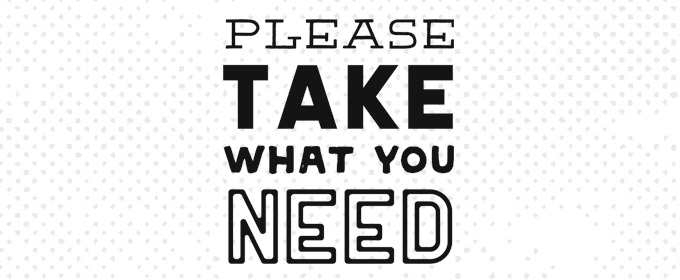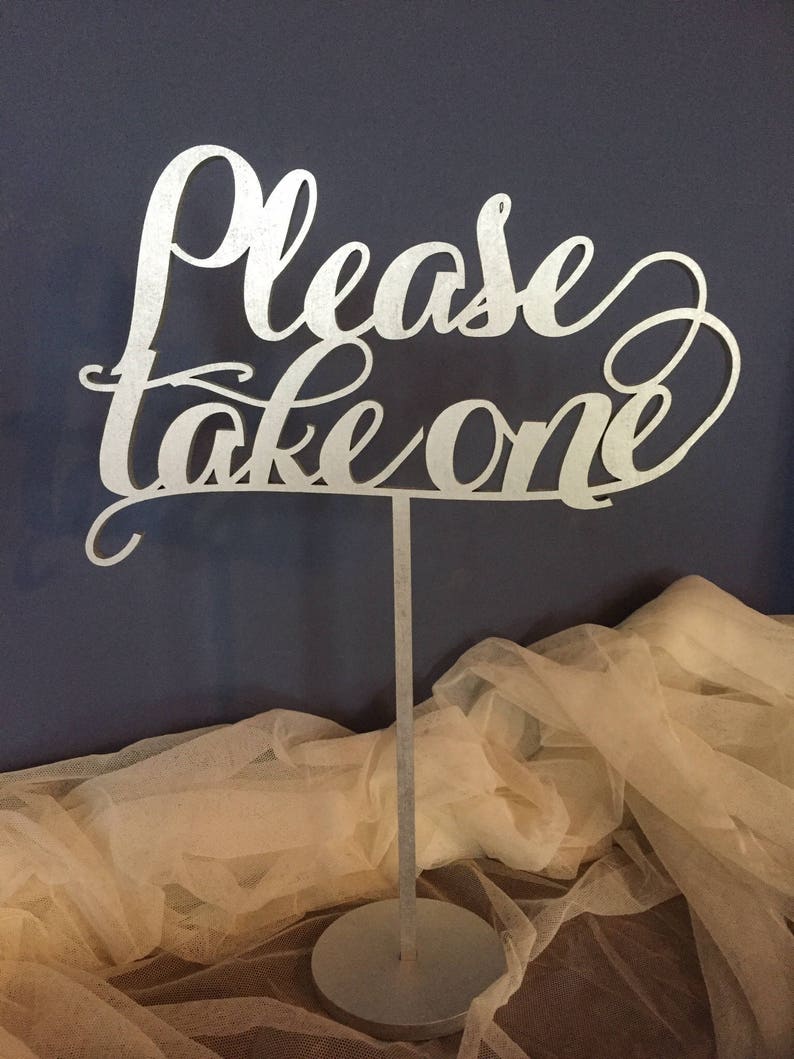

#TAKE ONLY ONE BOOKMARK PLEASE HOW TO#
Now let's learn how to manage your bookmarks, and why you might want to do so. How to add or manage bookmarks with keyboard shortcuts.īut we're getting a little ahead of ourselves.
#TAKE ONLY ONE BOOKMARK PLEASE UPDATE#
Then you can just hit enter if you don't want to update the bookmark's name or any other settings and it'll save it.Īnd to manage your bookmarks, just key in Option+Command+B / Ctrl+Shift+O (again, see below). To bookmark a tab quickly, just key in Command+D / Ctrl+D (see below) - it'll bring up that same bookmark window as above. Sure enough, you can use keyboard shortcuts to add bookmarks and manage your bookmarks. How to Add or Manage Bookmarks in Chrome with Keyboard Shortcuts That will bookmark the page you're currently on.Ĭlick that star and it'll add a bookmark for you (after you click "Done").īut if you don't want to use your mouse and make that many clicks, there's another option. A third option is to simply click the little star icon in the address bar.The same little box will pop up as above. You can also visit the settings (three vertical dots), click on or hover over the "Bookmarks" tab, and then select "Bookmark this Tab".A separate box will pop up with the name you want to give your bookmark (you can change this - just click into that highlighted box). You can visit the bookmarks tab in the Chrome menu bar (that we discussed above) and select "Bookmark this Tab".There are a few ways to add bookmarks in Chrome. Then you can just click on the one you want to visit. If you hover over, for example, a bookmark folder (the same folder we discussed above), you'll see all your bookmarks. There you'll see a similar bookmark menu with options like "Show Bookmarks Bar", "Bookmark Manager" and so on. Hover over/click on "Bookmarks" and the left menu will pop out. Just click those three dots and you'll see the right dropdown above. Your bookmarks are also located under your settings tab, the three vertical dots in the upper right corner of your browser: How to find your bookmarks in settings. How to Find Bookmarked Pages under Settings in Chrome If you click on a bookmark folder, it'll expand the list to show you all bookmarks in that folder, like this: How to display your current bookmarks in a bookmark folderĪny bookmarked pages that you don't have in a folder will simply be listed under the bookmarks tab in Chrome. It also lists any bookmarks or bookmark folders you currently have: For example, I have a "freeCodeCamp stuff" bookmark folder that contains many of my bookmarked pages and tabs. If you click on that tab, it will bring up a dropdown menu which shows several options, like "Bookmark Manager" and "Bookmark this tab". How to Find Bookmarked Pages under the Bookmarks Tab in Chromeįirst, there's the "Bookmarks" tab in your Chrome menu bar: The bookmark tab in Chrome is in the top menu bar.

There are a couple spots from which you can access them. Where are my bookmarks located in Chrome?įirst, let's see where to find your bookmarks in the first place. In this article, you'll learn how to find your bookmarks in Chrome, and how to delete them, recover them, and otherwise manage them. Just bookmark the page, and you can easily come back to it any time.īut what if you want to clean up your bookmarks? After all, you might no longer need that concert tickets website from several years ago. Whatever the reason, bookmarks in Chrome can save you time and hassle. Perhaps you check the Google Analytics of your blog posts every day, or visit a recipe app for cooking inspiration. If this is the case, how do you know which of them you will edit? If it is a one to one relationship, then you could have all the fields in one table and you wouldn't need a second datasource.Being able to save a web page you visit often is very useful. If there is a one to many relationship between them, then there could be several records in the second datasource with the same foreign key (the ID field that you speak of).

However, I am wondering about the relationship between the two datasources you are referencing. Within the first screen, set the OnSelect property of the " Edit" button to following: Navigate(Screen2,ScreenTransition.Cover,) EditForm(Form1) and the Edit form Item property would be Lookup(datasource2, ID= SelectedItem) If the table that you mentioned within your first screen is a Data table control, if you want to pass the selected row within the Data table to the Edit screen, I have made a test on my side, please take a try with the following workaround: Hi you please share a bit more about the table that you mentioned? Is it a Data table control or a Gallery control?


 0 kommentar(er)
0 kommentar(er)
